- The Meaning of Critical Thinking: A Key Skill for Navigating Today’s Information Landscape - November 3, 2025
- Grandparents Can Develop Activist Grandchildren - September 29, 2025
- Top Six Reasons Credit Union Benefits Are a Smart Choice Over Banks - August 18, 2025
Last Updated on October 23, 2024
In Southern Witness: Unitarians and Universalists in the Civil Rights Era, Gordon Gibson gives us a well-researched look at social justice and UUs, a sliver of the civil rights movement. Although Unitarians and Universalists (UUs) played a part, Gibson is clear that these congregations were not dominant in the movement, for two reasons.
First, UUs focus on social justice but are predominately white congregations. The congregations used their power to further the cause of civil rights.
Second, there were not many UU congregations in the south during that time. Gibson profiles twenty-eight in Southern Witness.
“It should not be read as an assertion that UU was a vital, central part of the movement, because that’s nonsense. But I do assert – and these stories demonstrate – that on our good days we did our part (and sometimes much more) to offer southern witness.”
Liberal Religion
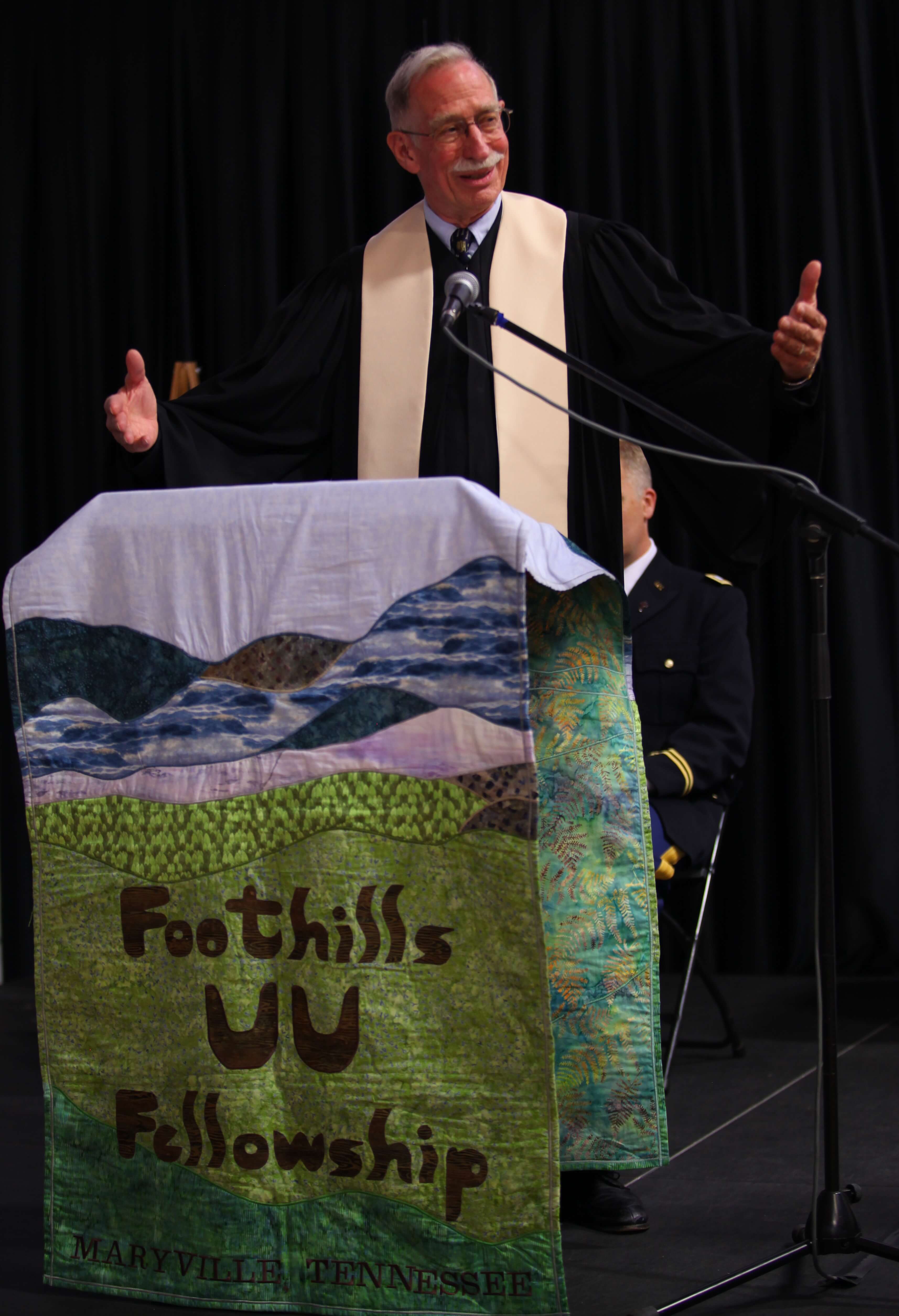
The origins of UUism are in liberal Christianity, but every wisdom tradition is a vehicle for spiritual growth. One of my favorite UU quotes is
“We need not think alike to love alike.”
Indeed, UUs often do not agree, but our principles keep us in relationship with one another. UU congregations focus on these principles rather than a shared creed. The first principle, a belief in the inherent worth and dignity of every person, leads these congregations to fight for the rights of every person, no exceptions.
Gibson’s sources for the book included research into church and UUA files, interviews, and published books that intersected with UUs and the civil rights movement. He was part of some of the events, but like his fellow UUs, not in the mainstream. The history of individual southeastern UU congregations during this time is his main focus. I was struck by how much information Gibson was able to gather from these congregations, although he laments that he wished he’d talked with people from the congregations who were involved in the movement but are now gone. This trove of stories about ordinary people who were one social justice cog in a much-larger movement is rich. They can inspire us as we strive to serve the needs of our community.
What I learned about UUs from Southern Witness
UUs were not afraid to take action for social justice
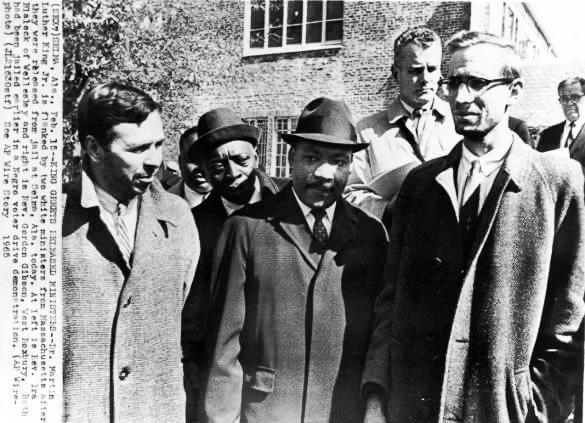
They were on top of the social justice issues of the day. Gibson writes, “The church was most times ahead of the wave.” These issues changed over the years but included segregation, women’s liberation, anti-war protests, and LGBT rights.
UUs were often protesting, picketing, and sitting in for important causes. In service to communities with segregated preschools, UU churches opened preschools in which every child was welcome.
One example I enjoyed was from the Tennessee Valley UU congregation, who used a clever idea to showcase racism at a local theater.
“Before we went up to the window, we would arrange ourselves in order of skin tone. We would start with the completely Anglo-Saxon types, like myself, and then we’d pick some of us who were maybe just a little bit swarthy or dark-skinned, maybe someone of Mediterranean extraction…and it would be impossible for the ticket sellers to determine just where the line was between white and black, which was, of course, entirely the point… People are people.” Pete Benson in Southern Witness
Although UU congregation tackled social justice issues openly, that does not mean it was easy. Congregants discussed and argued about the choice they were to make. Should they hold off protesting an issue and what were the consequences of being front and center on a divisive issue in the community? I found it interesting that the usual result of a choice to move forward was that some congregants left but a higher number of new people arrived after hearing about their social justice work. Many of the people involved in the civil rights movement went on to be part of other movements in other areas of the U.S.
However, much of the UU’s social justice work was behind the scenes
The UU congregations tended to be part of a network of congregations, which helped to make connections. Sometimes all it took to solve a problem was a word to the right person.
Ministers played a significant role in this networking, both with other congregations and in the community in general. One minister in Chattanooga, Tennessee helped challenge a pool hall that used ‘private club’ as a cover for segregation. He purchased a membership and established himself as a regular, often inviting white guests. Then one day he brought a black guest. The resulting lawsuit was successful in abolishing the ‘club.’
UU congregations were places of refuge
When UU congregations were not a part of an issue, they supported active members who needed a place of refuge. Our current UUA president Rev. Susan Frederick-Gray spoke of the congregational role in refuge when she preached in Knoxville in 2018.
“We need communities where we can bring our heartbreak and our fear and our sorrow and be nurtured by one another and held and lifted up and sent back out into this world with courage and a renewed commitment to resist the message of hate and respond in love.”
UUs are still doing this for the people who are making the world a better place.
UUs today
Southern Witness is a chronicle of southern UU congregations and their ebb and flow. Some survived, some didn’t. However, his book makes it clear that they were and are bridges.
“UU congregations, laypeople and clergy tend to act as bridges. Our “openness to truth, know or to be known” and to varied expressions of faith and belief predisposes us to converse and work across lines that others find forbidding.”
I like the idea of being a bridge, making connections and modeling the belief in the inherent worth and dignity of every person. We must use that principle as we move from what happened in the past to look at what is happening today.
Mass Incarceration
Rates of incarceration have soared. Through mass incarceration, 34% of black Alabamans have permanently lost the right to vote.
Income and Education Inequality
Average black wealth is just 13 percent of the average white wealth. This income inequality leads to many problems, one of which is educational access. Nonwhite school districts receive about $2,200 less per student than districts that are predominantly white.
Climate Change
In 2018, Al Gore warned an audience at the National Memorial for Peace and Justice that climate change will be felt most by black and poor people. He reminded the audience that almost eight out of 10 African Americans live within 30 miles of a coal-burning plant and are three times more likely to die of airborne pollution than the overall population of the US.
Gibson knew many decades ago that white skin color gives power and privilege. He used his in support of racial justice and continues to preach about the importance of witnessing and using our power to support those who do not have the same privilege.
Gordon Gibson Biography

Resources
Southern Witness Book Discussion Guide
My post about what white people can do to support racial justice.
What Can White People Do to Support Black Lives Matter?
What’s On Your Sign? contains a chapter on inventorying your activism knowledge, particularly in the area of cultural competence. The companion What’s On Your Sign? Workbook contains inventories and exercises to help you set goals for being culturally competent.
BuzzFeed Quiz: How Privileged Are You?
At the website It’s Pronounced Metrosexual, you can find examples of situations that mean you hold privilege.
When you are ready, identify areas where you can grow in the process of dismantling privilege. A great resource is the Anti-Defamation League Personal Self-Assessment of Anti-Bias Behavior.
If you are a white person ready to support racial justice, visit Showing Up For Racial Justice to get started. SURJ has resources, such as this guide to White Supremacy Culture guide. You can search for local SURJ chapters.
Browse more activist profiles.
Writing is powerful. Browse more examples of artistic activism.
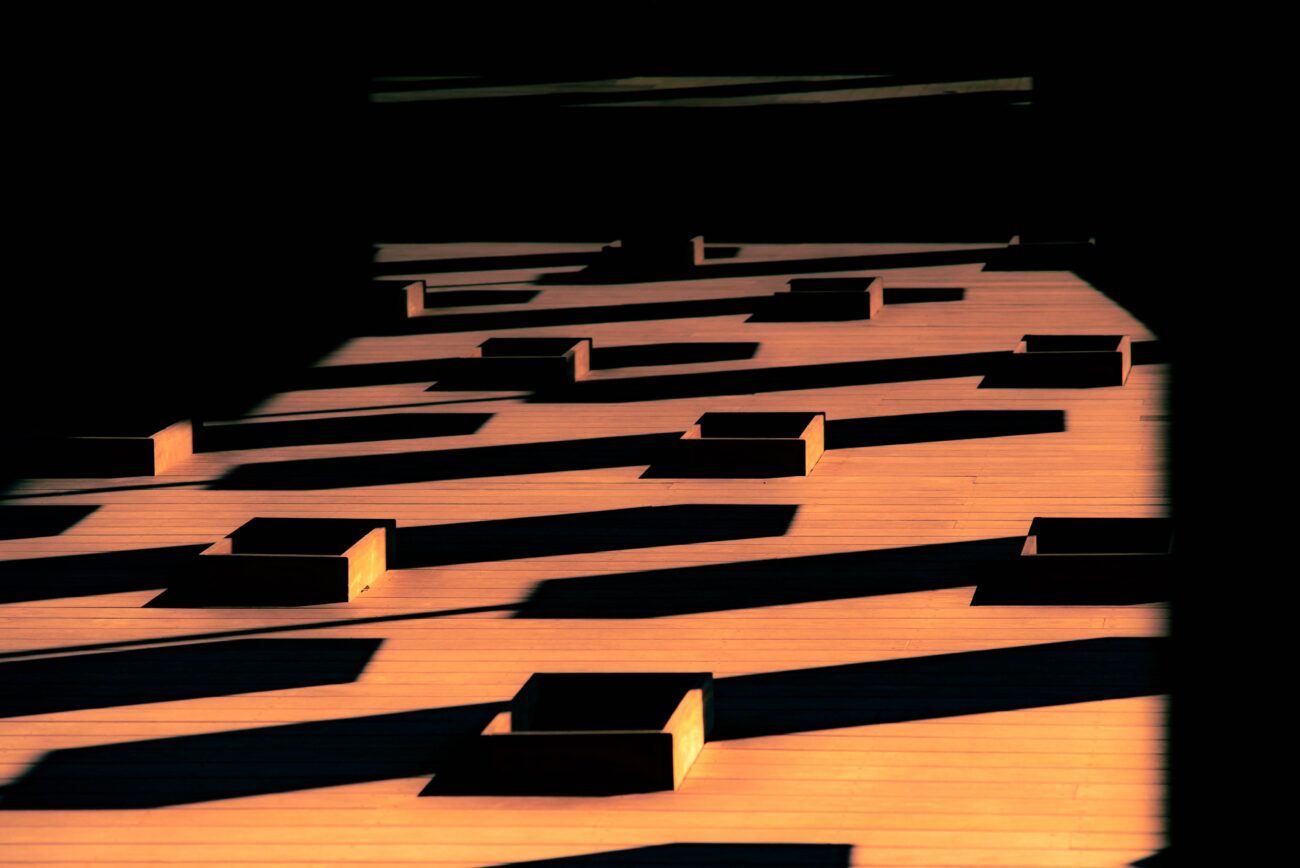
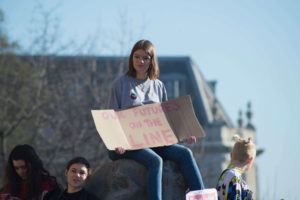
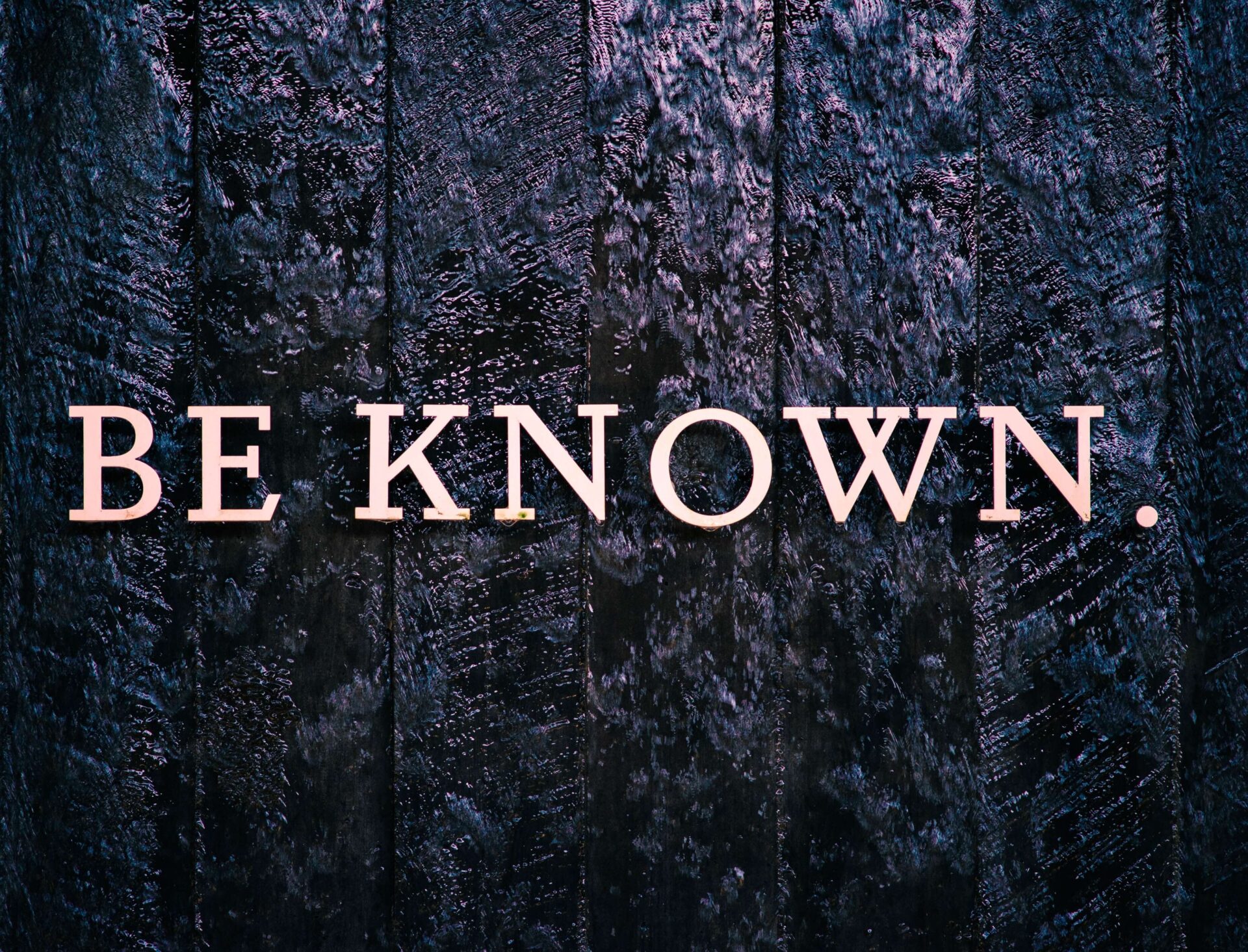
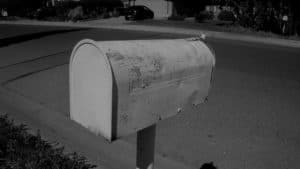
Pingback: How to Use Artistic Activism to Change the World
Pingback: Get Inspired By Amazing Activists • Life At the Intersection